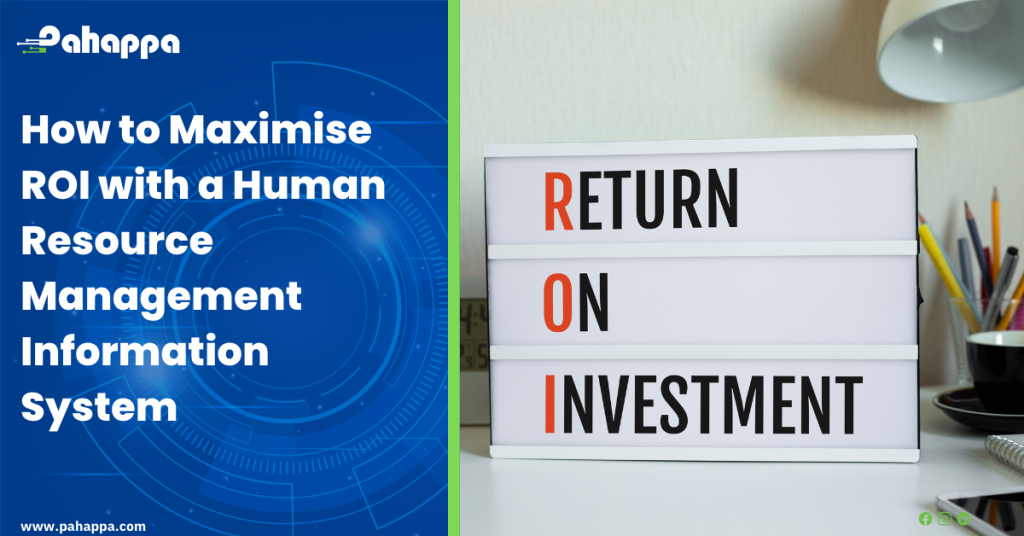A Human Resource Management Information System (HRMIS) is a software application designed to manage human resource processes and data within an organization.
To maximize the return on investment (ROI) with an HRMIS, organizations need to take the following steps:
- Identify and prioritize HR processes: Before implementing an HRMIS, organizations need to identify their HR processes and prioritize them based on their importance and impact on the business. The company must identify the key modules of the HRMIS for example the recruitment or payroll module. If payroll is a key module to the company it is important to analyse the workflow of this module from the time the manager makes a requisition to pay employees up to when they get paid. This will help in determining the features and functionalities required in the HRMIS.
- Choose the right HRMIS: Organizations should select an HRMIS that meets their requirements and is easy to use. It should also be scalable to meet the organization’s future needs. Better yet, the company can choose to create a customised HRMIS tailored for their company. This is a better option because the company managers and users draft out and design the system based on their current workflows. This makes it easily adaptable by the users when the system is ready for use.
- Implement the HRMIS effectively: To ensure a successful implementation of the HRMIS, organizations should develop a detailed plan for the implementation process, which includes timelines, budgets, and roles and responsibilities. The company should know the particular users or actors that will use the system. Users like the system administrator can be the manager, IT specialist, or even one of the developers. It is also important to consider those that would not interact regularly with the system like job applicants who will only interact with the system when applying for a job until they are recruited permanently. The HRMIS should be integrated with other systems used in the organization, such as payroll and performance management systems.
- Provide adequate training and support: Organizations need to provide adequate training and support to their employees to ensure they are comfortable using the HRMIS. Many software companies provide online and in-person training, as well as user manuals that help the users of the system adapt easily. This will help to minimize the risk of errors and increase the efficiency of the HR processes.
- Continuously monitor and improve: Organizations should continuously monitor the usage of the HRMIS and gather employee feedback. Employees’ feedback is vital because it helps the organisation improve the system where it is lacking. Custom-made systems are easy to improve because they are tailored toward the company’s manual workflow. This feedback will help to identify any issues or areas for improvement. Organizations should also regularly update and improve the HRMIS to meet the changing needs of the organization.
By following these steps, organizations can maximize the ROI of their HRMIS by improving the efficiency of their HR processes, reducing errors, and increasing employee productivity. An effective HRMIS can also help attract and retain top talent, reduce HR costs, and improve overall organizational performance. To know more about maximising return on investment with your HRMIS, click here.











